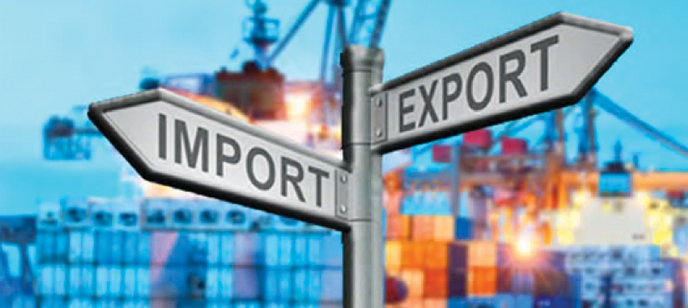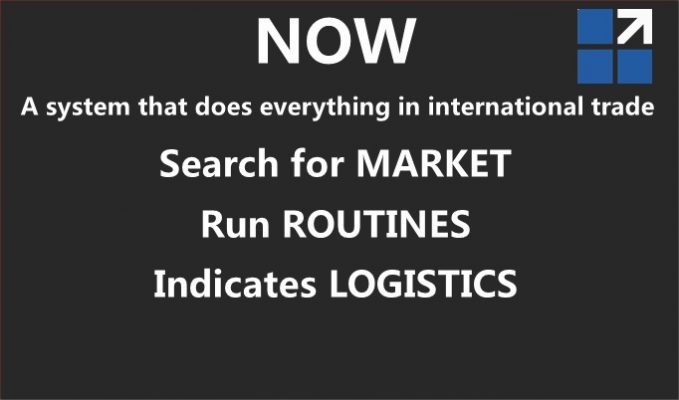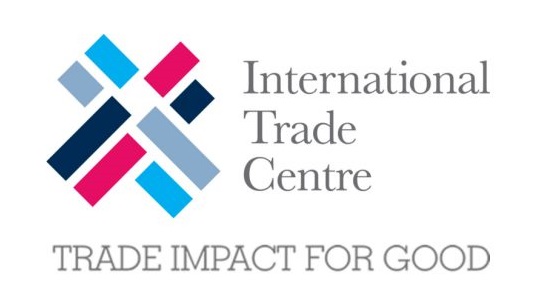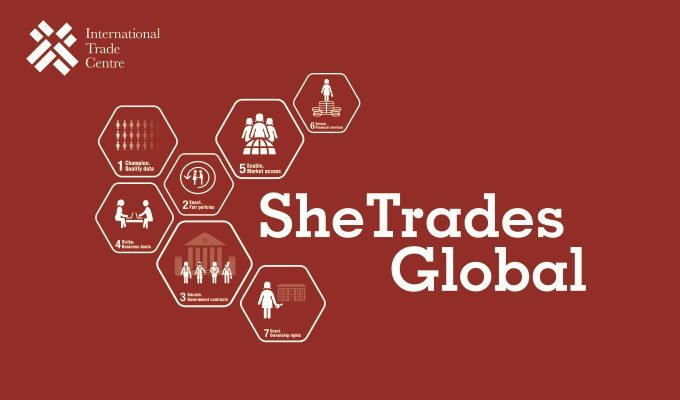Restrictions on international trade

Restrictions on international trade are usually practiced by various countries, whether developed or not.
RESTRICTIONS ON INTERNATIONAL TRADE
Restrictions on international trade are usually practiced by various countries, whether developed or not, and are exchange-rate, fiscal (tariff) or merely suspensive. Among these restrictions we can relate the following:
1 – Prior Licenses for Import
These are restrictions whose purpose is to control or limit the flow of imports and usually the tool used is the obligation of prior import licenses.
2 – Tariff Restrictions
They are fiscal restrictions, which aim at taxing certain products, according to the interests of the country. This restriction is the most common as an instrument of protectionism.
3 – Exchange Rate
It is the restriction made by the devaluation of the currency of the importing country, making at the same time more expensive imported products and more competitive products for export.
4 – Import Quotas
It is the restriction that limits imports to pre-established quotas, either by product or by country, in value and quantity.
5 – Maximum Value or Minimum Value
These restrictions are based on the establishment of maximum and minimum values for the products to be imported and/or exported.
6 – Prior Deposits
It is the requirement of previous deposits in currency, for a determined period, as against starting for the release of the import licenses. It is an extra-fiscal measure.
7 – Financing Deadlines
Limitation of terms of foreign financing, to reduce and restrict the import facilities.
Restrictions on international trade.
The importance of knowing these restrictions to international trade before starting an importation is due to the fact that they can directly influence the value of the imported product, which can make importation unviable. Protectionism is an action that does not aid international trade.
Also know “Why export: 16 reasons” in the blog: https://blog.intradebook.com/en/why-export/
Image: CNI Agency






